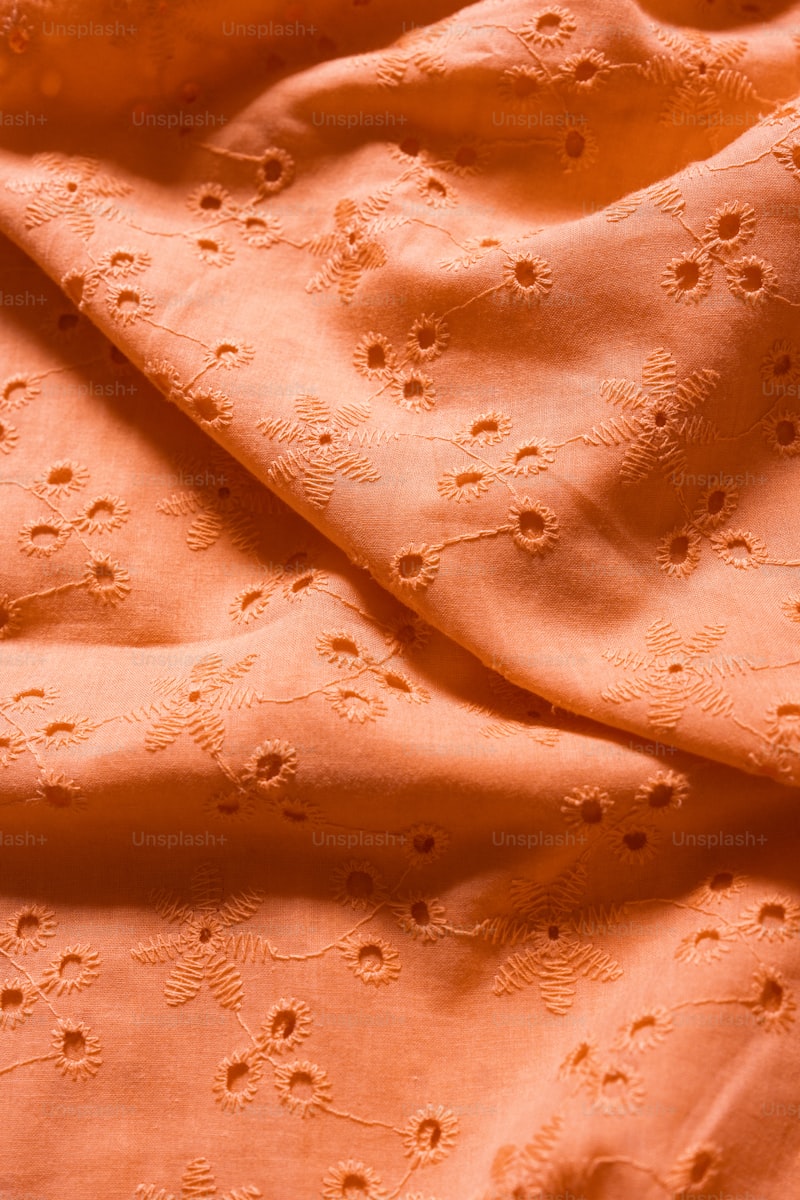Comprehensive Guide to Dress Cost Estimation: From Fabric to Final Touches
Understanding Dress Cost Estimation
When it comes to dressing for an occasion, whether it's a wedding, a party, or just a day at work, the cost can vary significantly based on various factors. Dress cost estimation is a crucial process that helps individuals understand how much they might need to spend on a new dress. In this comprehensive guide, we will explore the key elements that contribute to dress costs, offer insights into estimating expenses accurately, and answer some frequently asked questions regarding dress pricing.
Factors Influencing Dress Costs
Several factors contribute to the overall cost of a dress. Understanding these can help you make informed choices and avoid overspending. Below are the primary elements to consider:
| Factor | Description |
| Fabric | The type of fabric used significantly impacts the cost, with luxurious fabrics generally being more expensive. |
| Designer Brand | Well-known designers typically charge a premium for their name, whereas lesser-known brands may offer similar styles for less. |
| Labor Costs | High-quality craftsmanship and intricate designs usually require more labor, increasing the overall cost. |
| Location | The geographical location where you purchase your dress can also influence pricing. For example, dresses sold in major cities tend to be more expensive due to higher operating costs. |
| Alterations | Custom alterations can add to the final cost; consider this when estimating the total expense. |
| Accessories | Don't forget to budget for accessories like shoes, bags, and jewelry that complement your dress. |
Steps to Estimate Dress Costs Accurately
1. Determine the Purpose of the Dress
Start by identifying the occasion or purpose for which you need the dress. Different events such as weddings, formal parties, or casual gatherings may have varying expectations regarding dress styles and quality.
2. Select the Fabric
Research different types of fabrics and their associated costs. For example, silk and lace are often more expensive than cotton or polyester. Look at fabric swatches in shops or online to get an idea of what you prefer.
3. Set a Budget
Establishing a budget is vital. Consider how much you can realistically afford to spend without straining your finances. Remember to include additional costs such as alterations or accessories in your budget estimate.
4. Research Brands and Designers
Explore various brands to see the price ranges for different styles. Websites, social media platforms, and fashion blogs can provide insights into current trends and brand ratings.
5. Consider the Cost of Labor
If you're considering a custom dress or unique designs, factor in the cost of skilled labor for the construction of your dress. Tailoring services vary widely in price, so research local options for accurate estimates.
6. Account for Customizations and Accessories
Think about any customizations you may want, such as color changes or unique embellishments. Additionally, consider accessories that might enhance your overall look, as these will add to your final costs.

Common Questions About Dress Cost Estimation
What is the average cost of a formal dress?
The average cost of a formal dress can vary based on the factors previously discussed. However, most formal dresses range from $100 to $1,000 or more, depending on fabric, designer, and embellishments. High-end designer gowns can exceed this range significantly.
Are there affordable options for high-quality dresses?
Absolutely! Many brands offer affordable yet stylish dress options without compromising quality. Consider shopping at outlet stores, online boutiques, or during seasonal sales to find significant discounts on dresses.
How do I find the right size without trying on the dress?
When shopping online, refer to the size charts provided by the retailer. Measure your bust, waist, and hips and compare those measurements to the size guide. Customer reviews can also offer insight into whether a dress runs small or large.
Should I buy off-the-rack or custom-made?
This depends on your preference and budget. Off-the-rack dresses are typically more affordable and readily available but may require alterations for a better fit. Custom-made dresses provide a perfect fit and unique styles but often come with a higher price tag.
Conclusion
Understanding dress cost estimation is essential when preparing for any event that requires a beautiful and well-fitted dress. By considering factors such as fabric, designer brand, labor costs, and additional accessories, you can create an accurate budget that matches both your style and financial capacity. Whether opting for a ready-to-wear dress or a custom design, taking the time to research and plan will ensure that you find the perfect outfit without overspending.
Keep these considerations in mind as you embark on your dress shopping journey. Happy hunting!